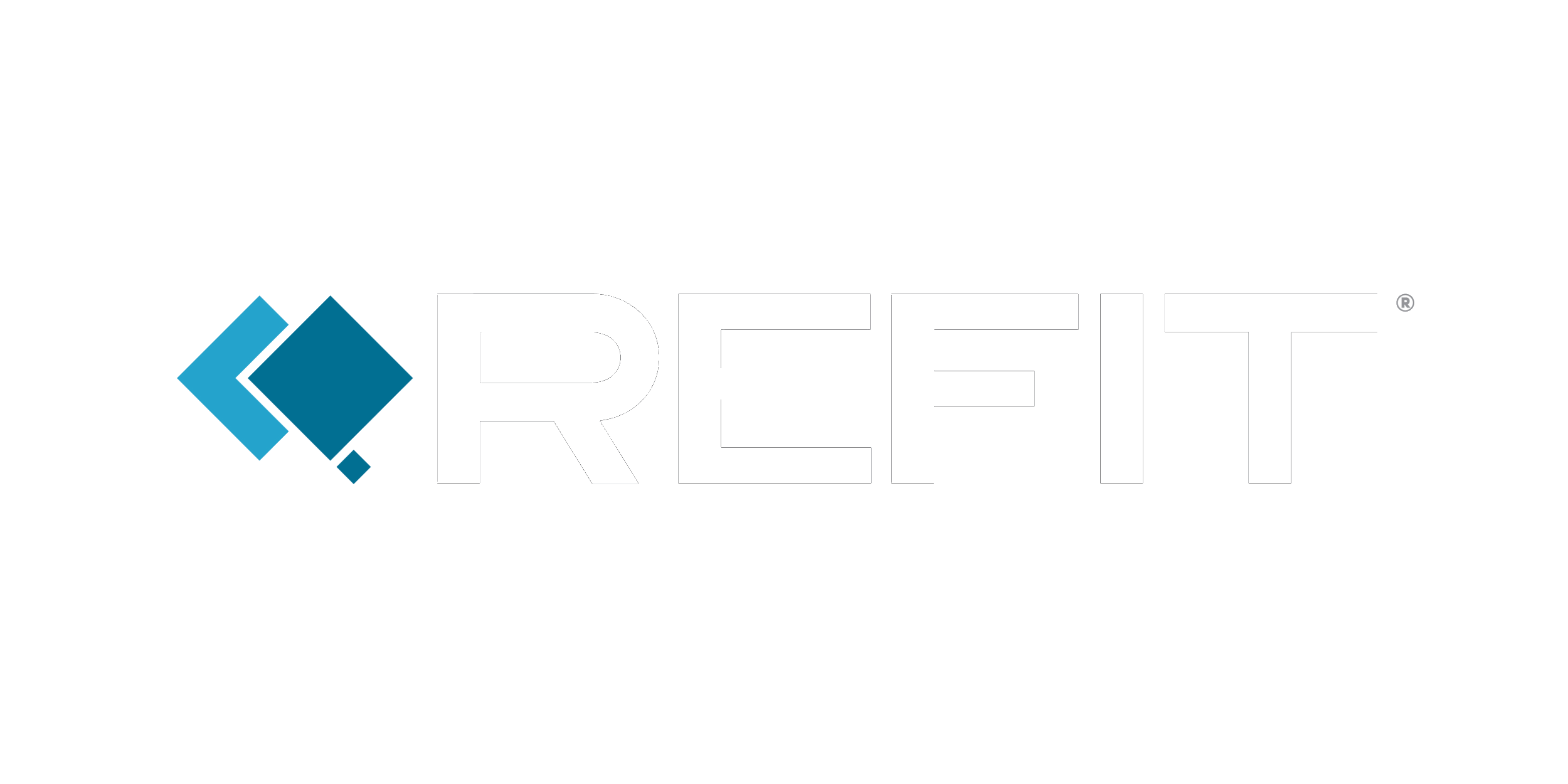An office fitout can be a significant investment, but with careful planning and a clear budget, it can transform your workspace into an efficient, productive, and inspiring environment.
Whether you’re launching a startup, expanding your current office, or simply giving your space a much-needed refresh, budgeting for an office fit out is a critical step that can make or break the success of your project.

Here’s a step-by-step guide to help you budget your office fitout in Sydney, Australia.
-
Define Your Objectives
Assess Your Needs: Determine the primary purpose of your office fitout. Are you expanding, relocating, or refurbishing your current space? Identify the key features and functionalities you need to support your business operations.
Set Clear Goals: Define your goal with your new office layout. Whether it’s improving workflow, boosting employee morale, or impressing clients, having clear objectives will guide your budgeting process.
-
Establish Your Budget
Initial Budgeting: Outline an overall budget that includes all potential expenses. Be realistic about your financial constraints and consider setting aside a contingency fund for unexpected costs.
Research Costs: Investigate the costs associated with office fitouts in Sydney. This includes:
- Design and planning fees
- Construction and refurbishment costs
- Furniture and fittings
- Technology and equipment
- Relocation expenses
-
Hire Professionals
Engage an Office Fitout Specialist: Hiring a professional fitout company can save time and money in the long run. They can provide a comprehensive quote and help you avoid common pitfalls.
Consult with Designers: Work with an interior designer to create a functional and aesthetically pleasing workspace. Their expertise can help you maximise your budget.
-
Design and Planning
Space Utilisation: Ensure your design maximises space utilisation. This can reduce the amount of space needed and, consequently, the cost.
Sustainability: Incorporate sustainable practices and materials into your design. This may have higher upfront costs but can lead to long-term savings on utilities and maintenance.
-
Break Down the Costs
Fit Out Costs: Divide your budget into categories such as:
- Structural changes (walls, flooring, ceilings)
- Electrical and plumbing work
- Heating, ventilation, and air conditioning (HVAC)
- Lighting and fixtures
- Furniture and Equipment: Allocate funds for ergonomic furniture, storage solutions, and essential office equipment.
Technology: Include costs for IT infrastructure, cabling, and audio-visual equipment.
-
Monitor and Adjust
Track Expenses: Keep detailed records of all expenses as the project progresses. Compare actual costs against your budget to ensure you stay on track.
Adjust as Necessary: If you encounter unexpected expenses, be prepared to adjust your plans. This might involve scaling back on certain elements or finding cost-effective alternatives.
- Conclusion
Budgeting your office fitout in Sydney requires careful planning and attention to detail. Following this step-by-step guide, you can create a functional and inspiring workspace that meets your business needs. Stay flexible and open to adjustments throughout the process to ensure a successful outcome. Transform your workspace with Refit Australia. Call us at (02) 9437 3333 today for a personalised consultation and discover how we can bring your office vision to life.



